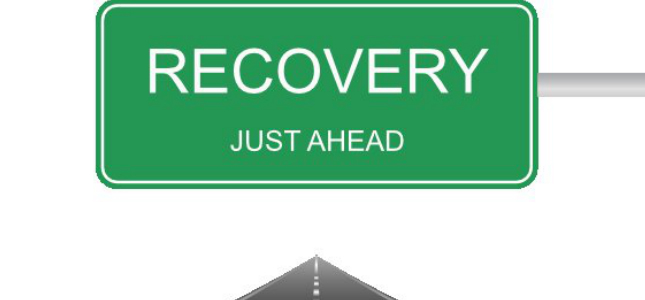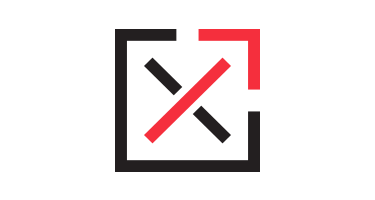Well fellow SEOs, the angry penguin is back. Last Friday (October 17th), Google began rolling out Penguin 3.0, an algorithm update aimed at decreasing search engine rankings of websites that violate Google’s Webmaster Guidelines by using black-hat SEO techniques involved in artificially increasing the ranking of a webpage by manipulating the number of links pointing to the page. Essentially, Google Penguin primarily targets over-optimized anchor text (text inside of a hyperlink). However, on-site webspam, such as keyword stuffing, link cloaking, and hidden text, can also trigger a Penguin penalty.
The Penguin algorithm deals with the biggest and most influential ranking factor—external links (links pointing to your website). Penguin gives credit to sites that have natural, helpful, reliable, relevant links, and penalizes sites that have produced deceiving links for the sole purpose of increasing rankings, or links that are simply unnatural.
Should You Be Concerned?
While each Penguin update is powerful, the most noticeable updates still only hit around 3-4% of all search queries. Thus, unless you’re an avid link spammer–and if you are, then you’ve most likely already been penalized by Penguin 1.0 and 2.0–you probably won’t be affected.
Regardless, review your keyword rankings and organic search traffic, and make annotations on how they have fluctuated over the past few days and upcoming weeks. Although Google says the Penguin 3.0 update is still “rolling out,” by now you should have a solid idea as to whether or not your site was hit. If you saw an abrupt drop in keyword rankings this past weekend, then all signs point to you being a victim of Penguin 3.0. If you haven’t discovered any noticeable changes, or if your keyword rankings have improved–then you might have revitalized from a preceding Penguin penalty that was keeping you down, or you may have benefited from some of your competitors that were formerly ranking in front of you getting hit by Penguin and dropping in the search results.

Penguin 3.0 Recovery Steps
If you did notice a drop in keyword rankings, or if your organic search traffic is abnormaly lower, you must be proactive and recover from the update. Remember that there is no fast fix when trying to recover from an algorithm update. If you put in a significant amount of time and energy, then you can certainly fix the problem.
Step 1: Identify the unnatural, spammy backlinks pointing to your site
If your website was in fact hit by the Penguin update, it’s most likely the result of too many “bad” inbound links (links pointing to your website). Bad links include but are not limited to:
- Links using spammy (exact-keyword-match) anchor text
- Article directory links
- Paid links (excluding advertising)
- Irrelevant forum links
- Low-quality, irrelevant web directories
You can use backlink analysis tools like Google Webmaster Tools, Bing Webmaster Tools, cognitiveSEO, Majestic SEO, and Ahrefs (I recommend using Google and Bing’s backlink data, as well as one other data source).
While unnatural, spammy backlinks are the main reason websites get hit by Penguin, on-site spam can also cause a Penguin penalty. Keyword stuffing, link cloaking, and hidden text can all cause Penguin penalties to arise, so if you haven’t partaken in any manipulative link building, evaluate your website for these potential issues.
Step 2: Remove the Unnatural, Spammy Backlinks
You’ll need to gather whois information (domain contact info) so you can reach out to webmasters and domain registrants to ask them to remove links. If your inbound link profile consists of tons of keyword-rich anchor text, then I would start by focusing on your most-used anchor text. However, you’ll want to check all of your backlinks (and I mean every single one). Just because a backlink isn’t using keyword-rich anchor text doesn’t mean the backlink isn’t spammy. If the backlink is on a low-quality web directory using branded anchor text, then you’ll still want to try and get it removed. For links that you cannot get removed, add them to a disavow file and upload to Google’s Disavow Links Tool. The disavow file tells Google that you no longer want your site to be associated with those backlinks and or domains.
Step 3: Revaluate Your Strategy
If you were engaging in manipulative backlink building, I highly advise you stop now to prevent further damage to your site. Review Google’s Webmaster Guidelines and go from there. If you create quality content that users find informative and want to share, then the backlinks will build themselves.
Good luck, folks!


